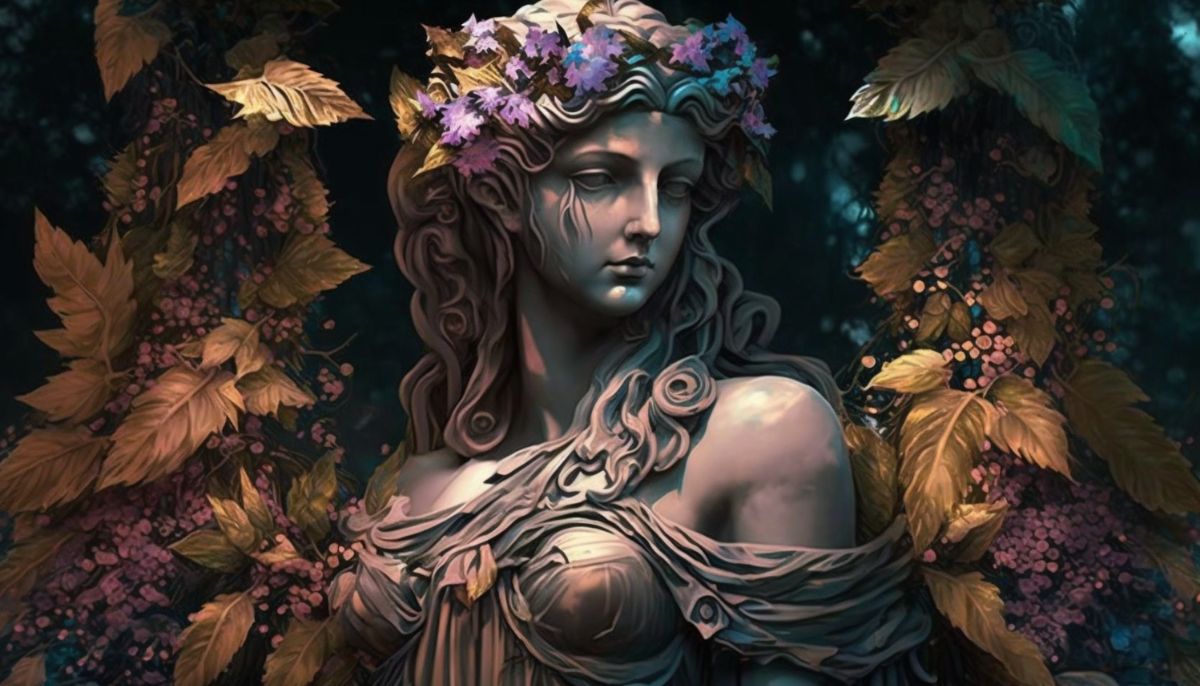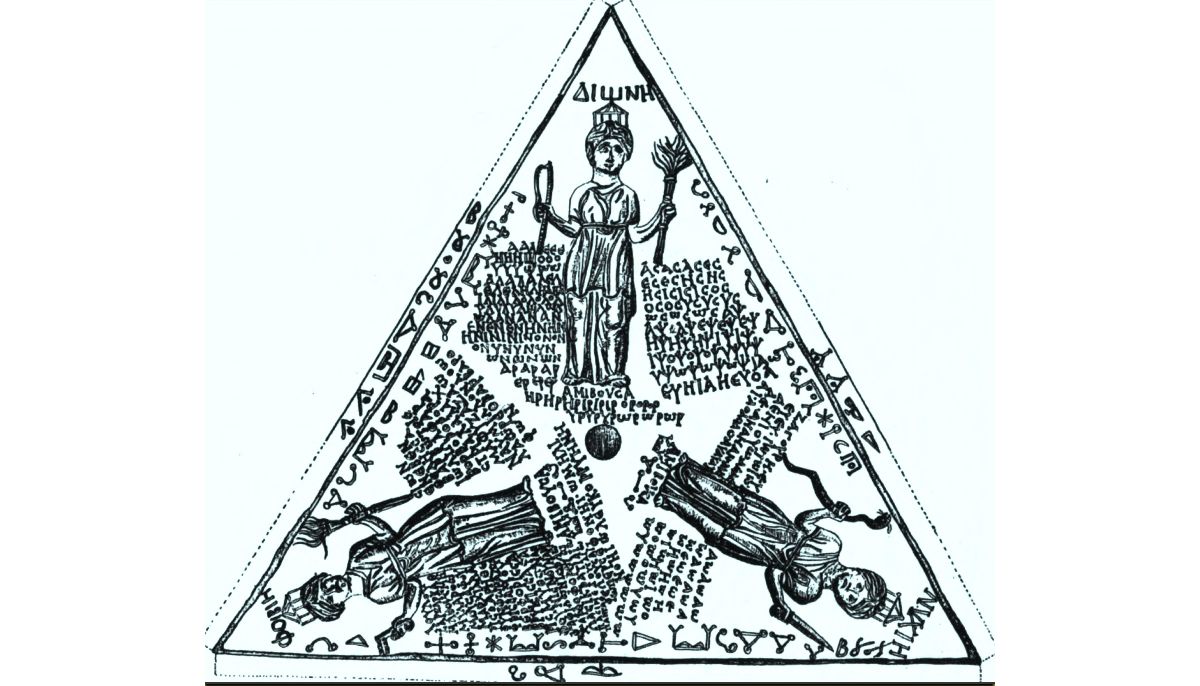The Greek goddess Persephone is known for her abduction by Hades and subsequent role as Queen of the Underworld.
In this article, we’ll unravel the mystery and explore the fascinating theories surrounding the paternity of her offspring.
Get ready to dive into the myths and legends of Persephone’s motherhood and discover the shocking truth about the father of her children!
The abduction of Persephone by Hades
Persephone’s abduction by Hades (Pluto) is one of the most well-known tales in Greek Mythology. Persephone was the daughter of Zeus and Demeter, the goddess of harvest and fertility.
One day, while gathering flowers in a field, Persephone was seized by Hades and taken to the Underworld to be his queen.
Demeter was devastated by her daughter’s disappearance and searched frantically for her. She eventually learns the truth about Hades’ abduction and demands that Zeus intervene and bring Persephone back.
Zeus, unable to undo what had been done, struck a deal with Hades: Persephone would spend six months of the year with Hades in the Underworld and the remaining six months on Earth with her mother.
This myth was used to explain the changing seasons. Demeter’s sadness during Persephone’s absence resulted in the barren winter months. At the same time, her joy at Persephone’s return brought forth the lush growth of spring and summer.
The abduction of Persephone remains a compelling theme in modern literature, inspiring a variety of retellings. This myth has been the foundation for many books featured in our selections of top Greek mythology romance books and the best Greek mythology adult fiction books. These lists showcase diverse interpretations of the ancient tale, reflecting its enduring appeal in contemporary storytelling.
The children of Persephone

In Greek mythology, Hades is not typically associated with fatherhood. As the god of the Underworld and the dead, his role is often at odds with the concept of new life and procreation.
However, there are some references to Hades having children, particularly with his wife and queen of the Underworld, Persephone.
Despite being fiercely protected by her mother as a maiden goddess, Persephone eventually gave birth to two children.
Her offspring included a daughter named Melinoë and a son called Zagreus.
Persephone’s daughter Melinoë

The enigmatic figure of Melinoë, a chthonic nymph or goddess, emerges from the depths of Greek mythology, predominantly invoked in the Orphic Hymns, likely from the 2nd or 3rd centuries AD.
Portrayed as a harbinger of nightmares and madness, Melinoë’s attributes align with those of moon goddesses often depicted in ancient Greek poetry.
Melinoë In Greek Mythology
The Orphic Hymn to Melinoë, translated by Apostolos Athanassakis and Benjamin M. Wolkow, provides a glimpse into her realm.
It narrates her birth by the mouth of the Cocytus River. Melinoë’s birth, intertwined with the syncretism of Hades and Zeus, offers a unique perspective.
The Orphics believed Zeus and Hades to be facets of the same deity, leading to the intertwining of their identities. Melinoë’s arrival at the mouth of Cocytus, one of the five underworld rivers, aligns with Hermes’ role as a psychopomp, guiding souls in the afterlife.
In considering Melinoë’s family ties, it’s crucial to remember that Orphic genealogies serve as theological and cosmogonical allegories, not reflections of human family dynamics.
Melinoë and the Moon

While Melinoë’s power can incite night terrors and even madness, the Orphic Hymn aims to demonstrate reverence and understanding, seeking to appease her rather than provoke her wrath.
Inscriptions on a bronze tablet discovered in Pergamon shed further light on Melinoë’s mysterious presence. Dated to the 3rd century AD, the tablet employs esoteric symbols and invocations, reinforcing her association with lunar phases alongside goddesses like Dione, Phoebe, and Nyche.
Melinoë, with her elusive nature and multifaceted symbolism, remains an intriguing enigma within the pantheon of Greek deities.
Persephone’s son Zagreus

In Greek mythology, Zagreus was the son of Zeus and Persephone – not Hades and Persephone. Zeus, known for his romantic escapades, took the form of a serpent to seduce Persephone.
Zagreus was significant as he was associated with the Orphic Mysteries and the Dionysian cult. He was considered a divine sacrifice and a figure of rebirth.
Zagreus and Dionysus
Tragically, Zagreus met a grim fate at the hands of the Titanes, who tricked him into setting aside his lightning bolts and then dismembered him. Despite this brutal act, Zeus managed to save Zagreus’ heart. From this heart, Zeus conceived Dionysos, one of the most prominent gods in Greek mythology.
Additionally, the genitals of Zagreus were recovered by the Kabeiroi, two demigods from the island of Samothrake. They placed them in a sacred cave and established the Samothrakian Mysteries to honor the fallen god.
This mythological account is drawn from classical sources, including Aeschylus, Diodorus Siculus, Pausanias, and Orphic Hymns. Zagreus is a central figure in the Orphic and Dionysian traditions, representing themes of sacrifice, rebirth, and divine lineage.






